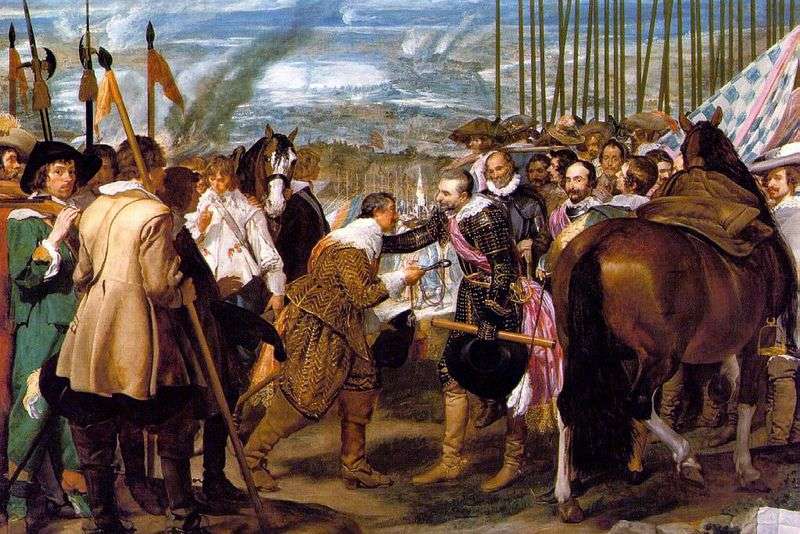
Painting of the Spanish artist Diego Velasquez “The surrender of Breda.” The size of the picture is 307 x 367 cm, canvas, oil. The painter Velasquez painted the painting “The Surrender of Breda” on the basis of historical events, this majestic painting was intended for the Great Hall of the new palace of King Philip IV Buen Retiro.
Breda is a fortress and the main city of the district of the same name in the Netherland province of North Brabant; has a harbor, many majestic buildings, of which the most remarkable is the Gothic cathedral with the statue of Count Engelbert II of Nassau.
The famous compromise of 1566 was signed in the city of Breda. During the wars of the XVII and XVIII centuries, Breda several times passed from hand to hand. By the time of the accession to the throne of King Philip IV Spain had already been involved in the Thirty Years ‘War, in which, after the Twelve Years’ Armistice, hostilities resumed in the Republic of the United Provinces of the Netherlands.
In the first years of the war, the Spaniards were successful: their best commander Ambrosio Spinola was able to significantly undermine Dutch trade and fishing, and taking them in 1625 as the impregnable fortress of Breda increased the authority of Spanish arms in Europe.
In the same year, the Spaniards repulsed the attacks of the British on Cadiz and the Dutch – on Portuguese possessions in Brazil. However, the economic might of the Spanish Empire was undermined and, under the terms of the Westphalian Peace of 1648, Spain was forced to formally recognize the independence of the Republic of the United Provinces, to agree to the transition to the last series of territories in the Netherlands and the colonies previously occupied by the Dutch.
In his painting, considered one of the most significant works of European painting of the historical genre, in which the artist with deep humanity characterized each of the warring sides, the painter Velasquez detailed the moment of handing the keys from Breda to the Spanish commander Ambrosio Spinola.
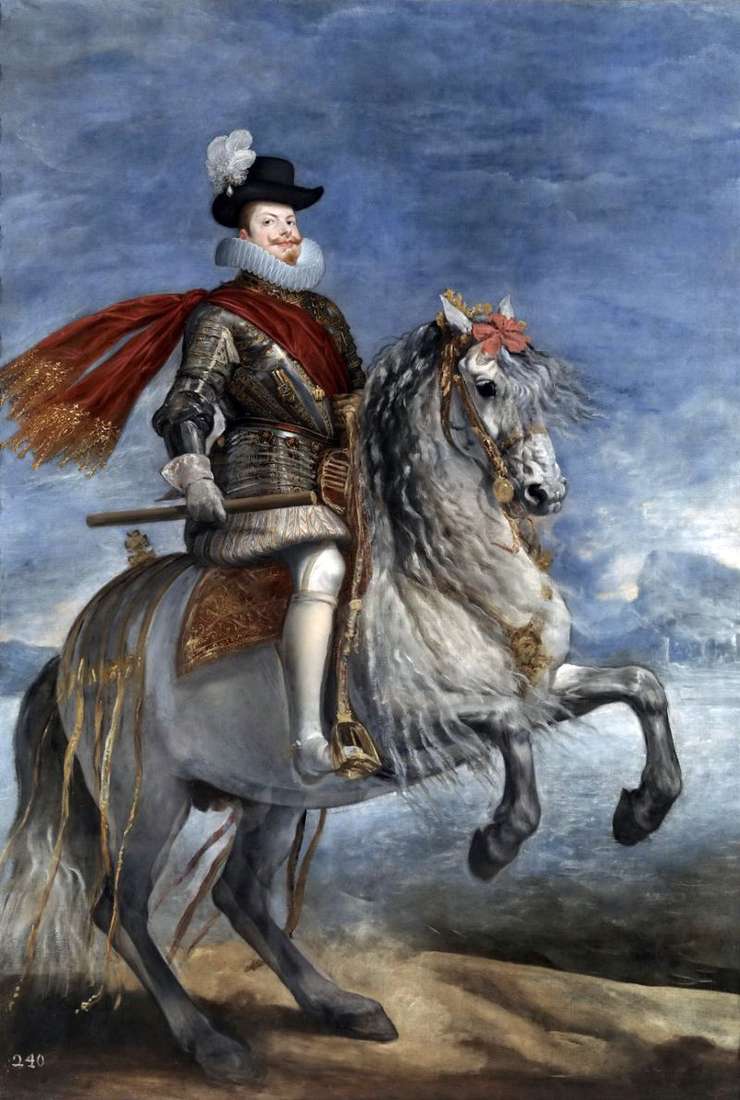 Portrait of King Philip III by Diego Velasquez
Portrait of King Philip III by Diego Velasquez Portrait of King Philip IV of Spain in the Shell by Diego Velasquez
Portrait of King Philip IV of Spain in the Shell by Diego Velasquez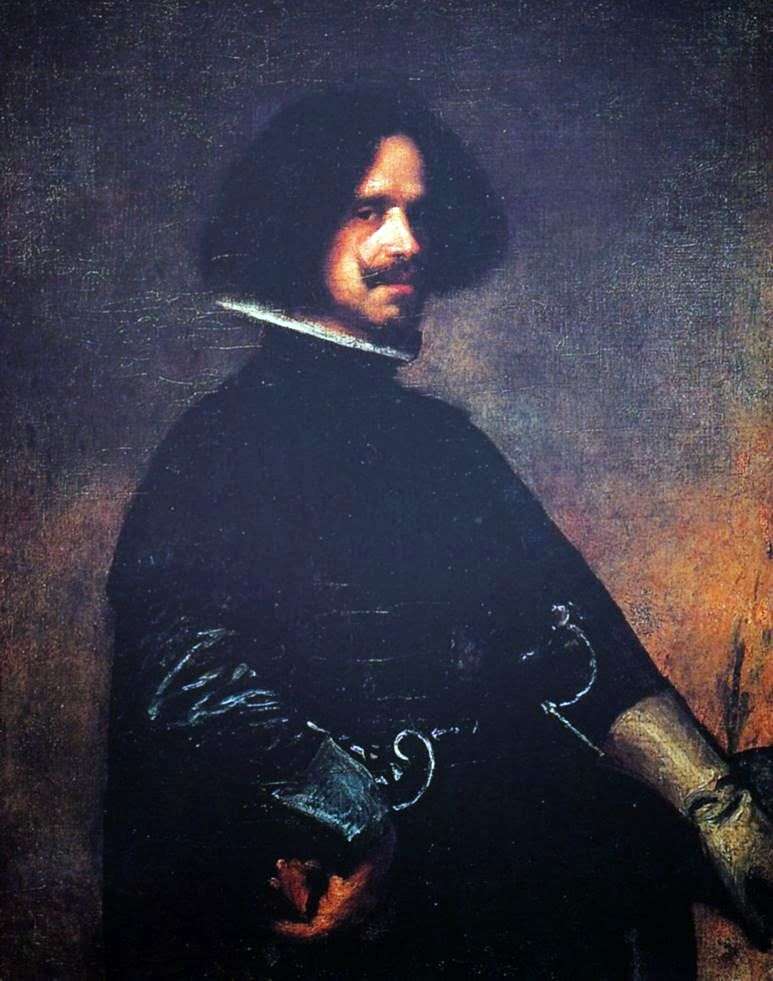 Self-Portrait by Diego Velasquez
Self-Portrait by Diego Velasquez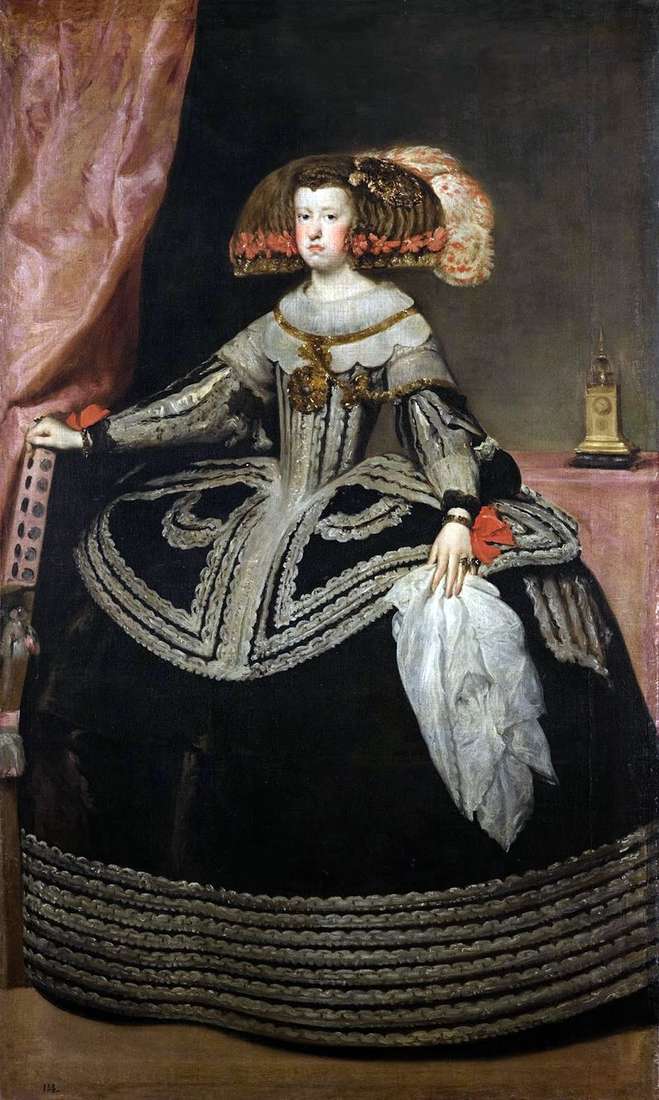 Queen Maria-Anna of Austria by Diego Velasquez
Queen Maria-Anna of Austria by Diego Velasquez Infanta Maria Anna, Queen of Hungary by Diego Velasquez
Infanta Maria Anna, Queen of Hungary by Diego Velasquez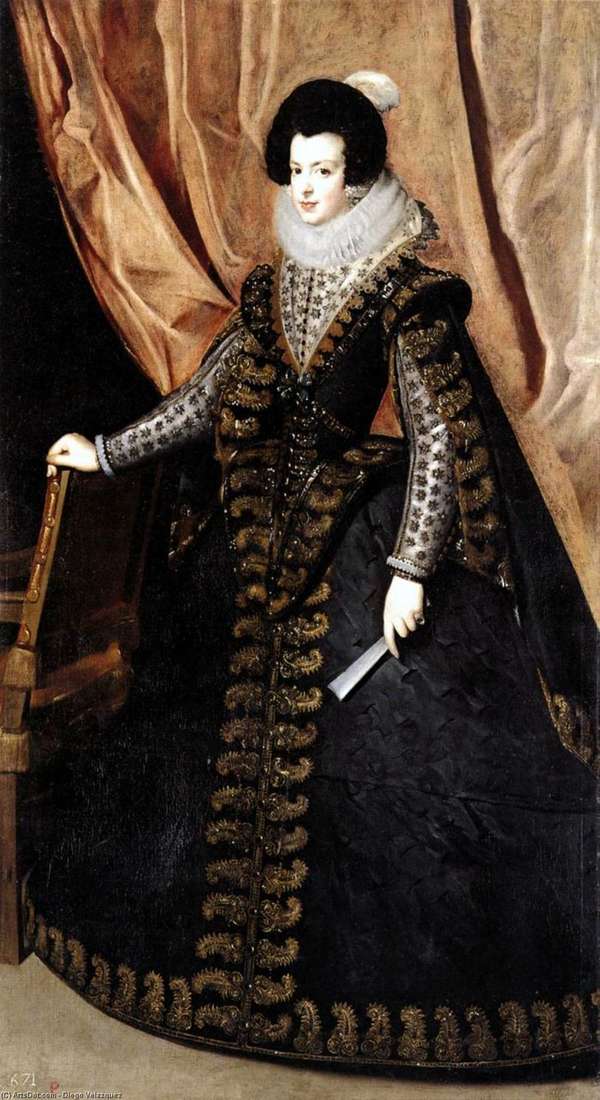 Portrait of Queen Isabella of Bourbon by Diego Velasquez
Portrait of Queen Isabella of Bourbon by Diego Velasquez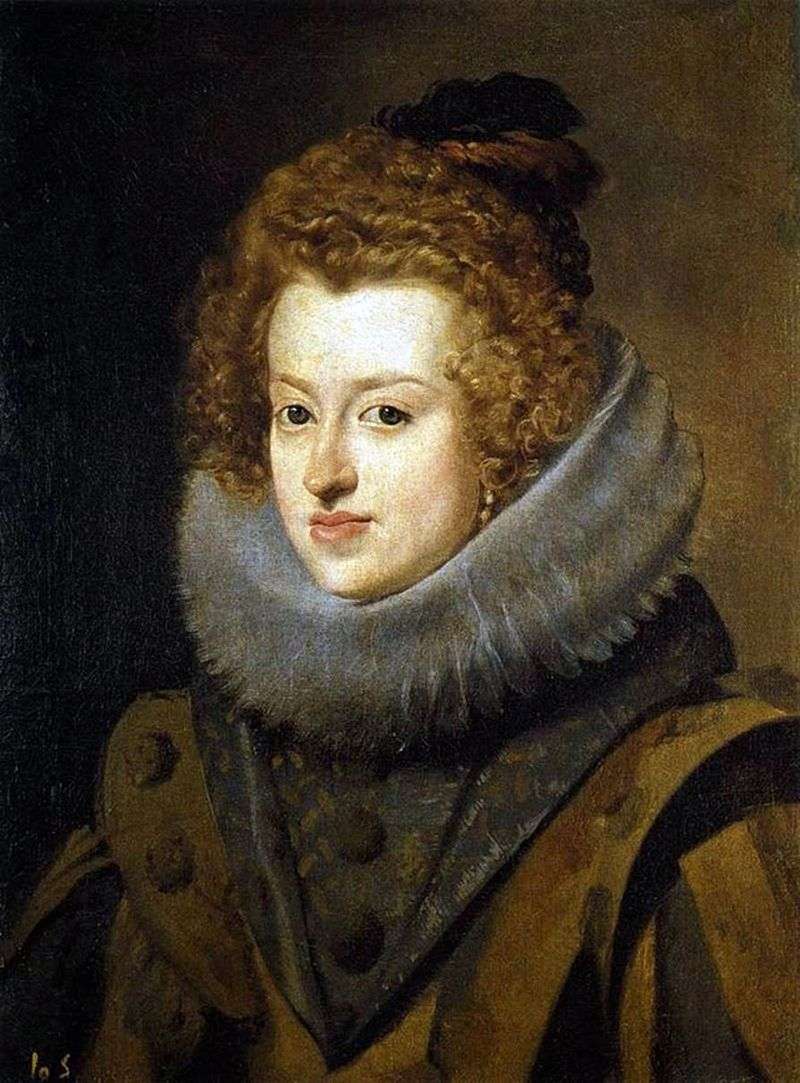 Portrait of the Infanta of Maria Anne of the Spanish Queen of Hungary by Diego Velasquez
Portrait of the Infanta of Maria Anne of the Spanish Queen of Hungary by Diego Velasquez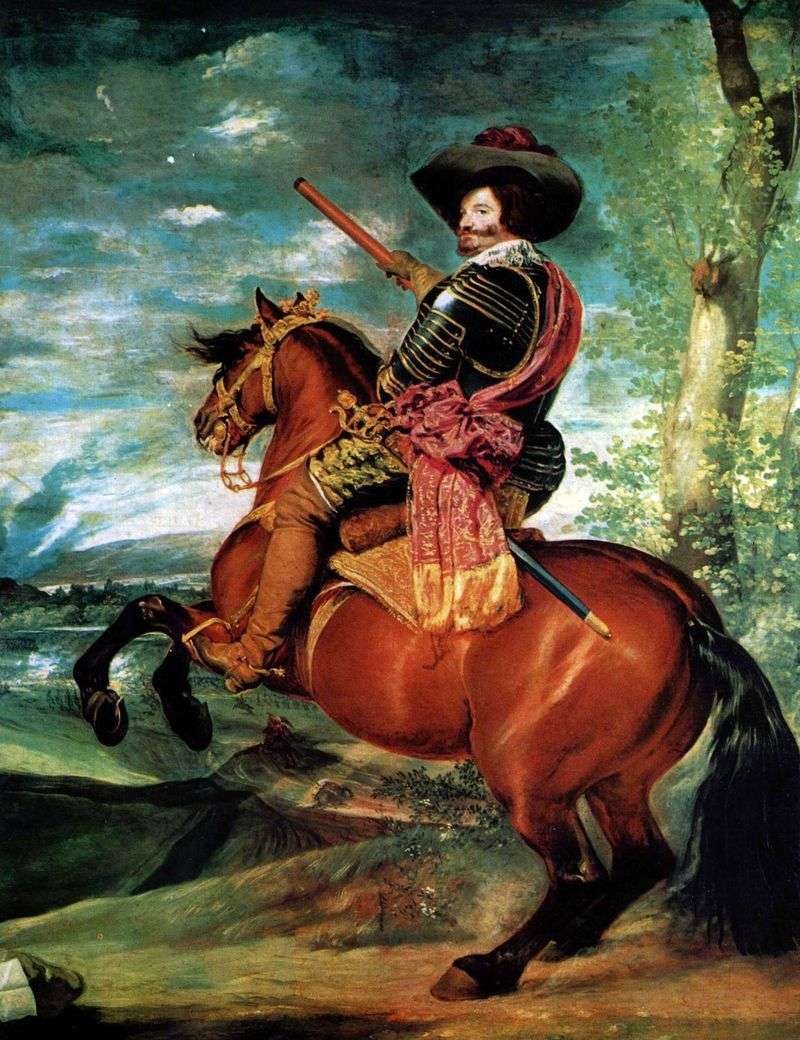 Portrait of Count-Duke Olivares by Diego Velasquez
Portrait of Count-Duke Olivares by Diego Velasquez